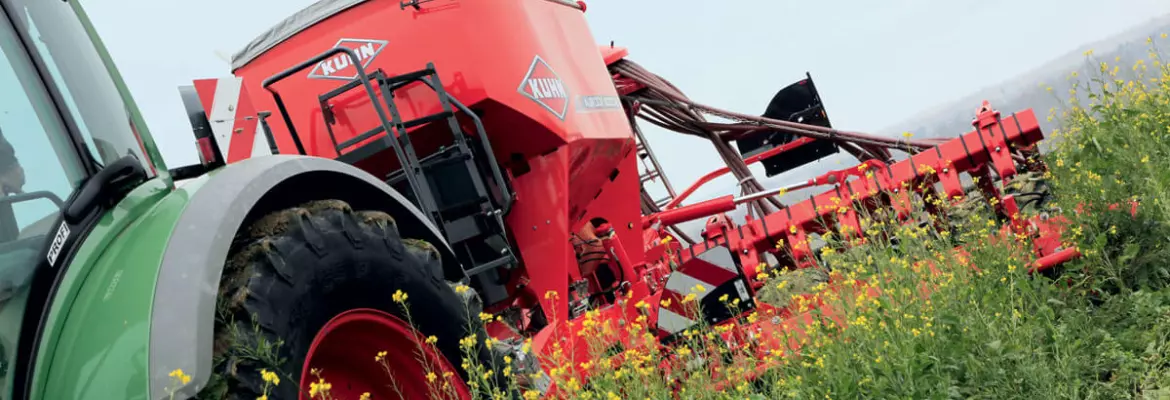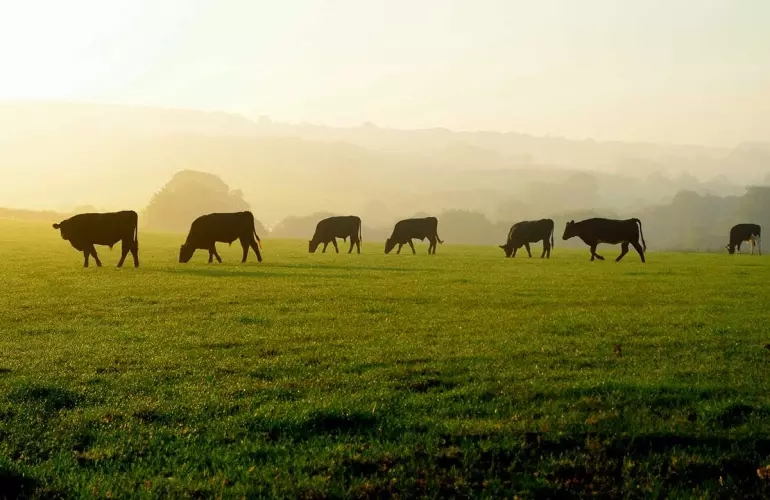
Regenerative agriculture is about restoring and improving the health of the soil in a given context. That’s why no method is prohibited or mandatory, on the contrary, there are numerous possibilities. It’s more about respecting certain basic principles. Specifications exist for certification. Namely the ROC label (Regenerative Organic Certified), which defines a list of techniques relating to animal well-being, soil health, and social aspects.
Regenerative agriculture is rooted in certain existing agricultural concepts: soil conservation agriculture, organic farming, agro-ecology, and sustainable agriculture, etc. Therefore, the practices recommended can often be found in these types of agriculture.
Soil conservation farming techniques
The techniques for carbon-fixing in the soil and limiting erosion, used in soil conservation agriculture, are also suitable for use in regenerative agriculture. Long crop rotations with diversified plant species, the use of green manures, and minimum tillage are all recommended. The major difference with conservation agriculture concerns the willingness to reduce chemical inputs, and the possibility of tilling the soil if the need arises.
Example practices: direct seeding, no plough, stubble cultivation, long rotations with legumes, cover crops, seeding in plant cover, mulching, etc.
Organic farming techniques
Organic agriculture is a type of agriculture that requires a global reflection of the production system, rotations, and the synergy between the production units and the use of natural products. In this respect, it’s very close to regenerative agriculture, but it is subject to very strict certification requirements, controlled by external organisations. For the moment, the majority of regenerative agriculture farms cannot be certified (except by the ROC, which is not yet widespread). If legitimate and necessary, chemical inputs are tolerated, which is not the case in organic farming.
Example practices: biocontrol, mechanical weeding, crop rotations with grassland, the non-use of GMOs, etc.
Bringing animals back to the farm with regenerative agriculture
Animal welfare is one of the principles for regenerative agriculture. In order to manage livestock, especially outdoors, grasslands need to be managed too. Therefore, it is advisable to turn some arable land back into grassland.
Example practices: integrating livestock, liquid manure, manure, and compost for fertilisation, planting grassland, rotational grazing, using own crops for animal feed, sufficient space for animals, reduced transport distances, no feedlots, etc.

Biodiversity is key to regeneration
To enhance and preserve biodiversity, the recommended practices are: planting hedges, managing grassy buffer strips, and even planting trees on farmland. Agroforestry is recommended if there are markets for it. Planting strips of flowers or pollinator-friendly plants, as well as all agricultural practices that boost biodiversity.
Example practices: fallow land, flowering hedges, buffer strips, agroforestry, etc.
Improving day-to-day social and economic conditions
In order to practice regenerative farming, it is necessary to comply with labour laws and regulations. This may relate to work, recruitment, dealing with suppliers and purchasers, not to mention paying salaries and employee representatives. Guaranteeing farmers’ incomes, and consequently sufficient yields, is also an integral part of the regenerative agriculture concept.
Example practices: fair trade, good working conditions, decent wages, freedom of association, no forced labour, etc.
Sources:
- https://www.tikehaucapital.com/~/media/Files/T/Tikehau-Capital-V2/documents/news-and-views/en/2023/understanding-regenerative-agriculture-def.pdf
- https://regenorganic.org/becoming-regenerative-organic-certified/
